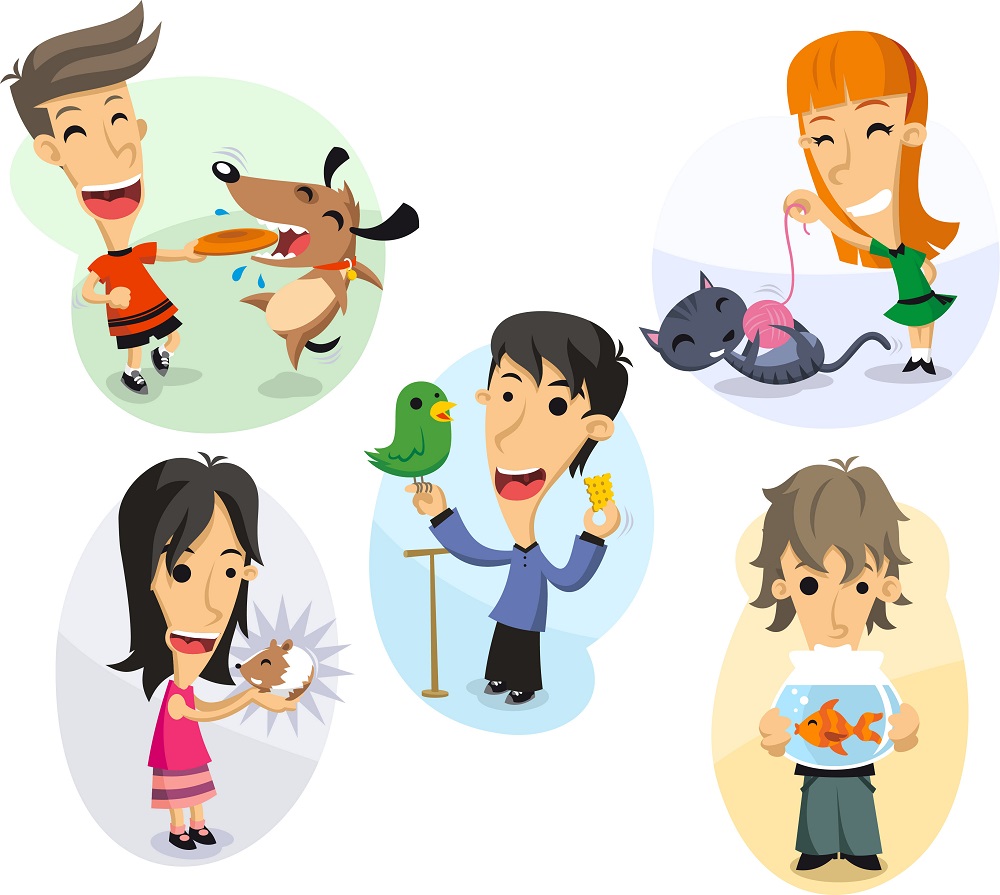Parents have to understand the nature of the situation. Like any other person experiencing bereavement, children deal with pet loss in a very intense manner. They tend to be repetitive in the queries about the subject, that’s why as adults we got to be very understanding.
Going through the ordeal of grief and loss is not a pleasant thing parents want to see. They have to deal with it however at one point. And knowing what to do when the situation arises will make a great difference between emotionally unavailable or distressed.
Half-truths and euphemisms are just not going to cut it. To a certain extent, kids are aware of death. They really are. It their understanding about that topic which varies. Between the ages of 7 and 10 they will tend to ask questions about what happens and why it happened, you know, all the questions that will make you either chuck that Bambi DVD out the window or just go watch it with a box of tissues alone.
Sit down and talk
Dealing and understanding the loss of a pet may trigger child fears of detachment. They will cry which is expected. They might also experience a complexion through emotion like denial or anger or maybe even guilt. Eventually, parents would want them to move onto a phase of acceptance.
The crucial point here is to sit down together, break down what happened to the pet (to start with), understand his/her anger and resentment of why they think death sucks. This all should be done in an open, honest manner to encourage them to share what happened.
Perhaps you can clarify some misunderstandings about the entire event. Ask them how they feel and why they’re being adamant about it.
Discuss death
Adults and teens have a habit of dealing with death pretty much the same way, distraught. However, adults have more experience in this kind of things and can cope a little better in situations like these.
So sugarcoating the facts and adding phrases like ‘was put to sleep’ or ‘has gone to a better place’ is going to do more harm than good. You don’t want to recreate their dreams into a bewildering fearful place where pets go there to twitch, murmur things to then stop twitching all of a sudden.
When they’re below five years old try to be very simple. No need to elaborate or be descriptive. Sixth or seven years old would most probably imagine their pets are living in the sky in a house made from marshmallow. Which is good to be honest. That’s them “moving on” and believing things are alright.
A shrine for your child’s pet
Saying goodbye is not easy for anyone, let alone a child. It’s a cleansing way of the mind to let go and understand the grieving process is now over. Cremating or burial service for the pet could be given as an option for the child. All this will be good for the child as it will help transition good memories whenever they reflect back or the “pet topic” comes up.










